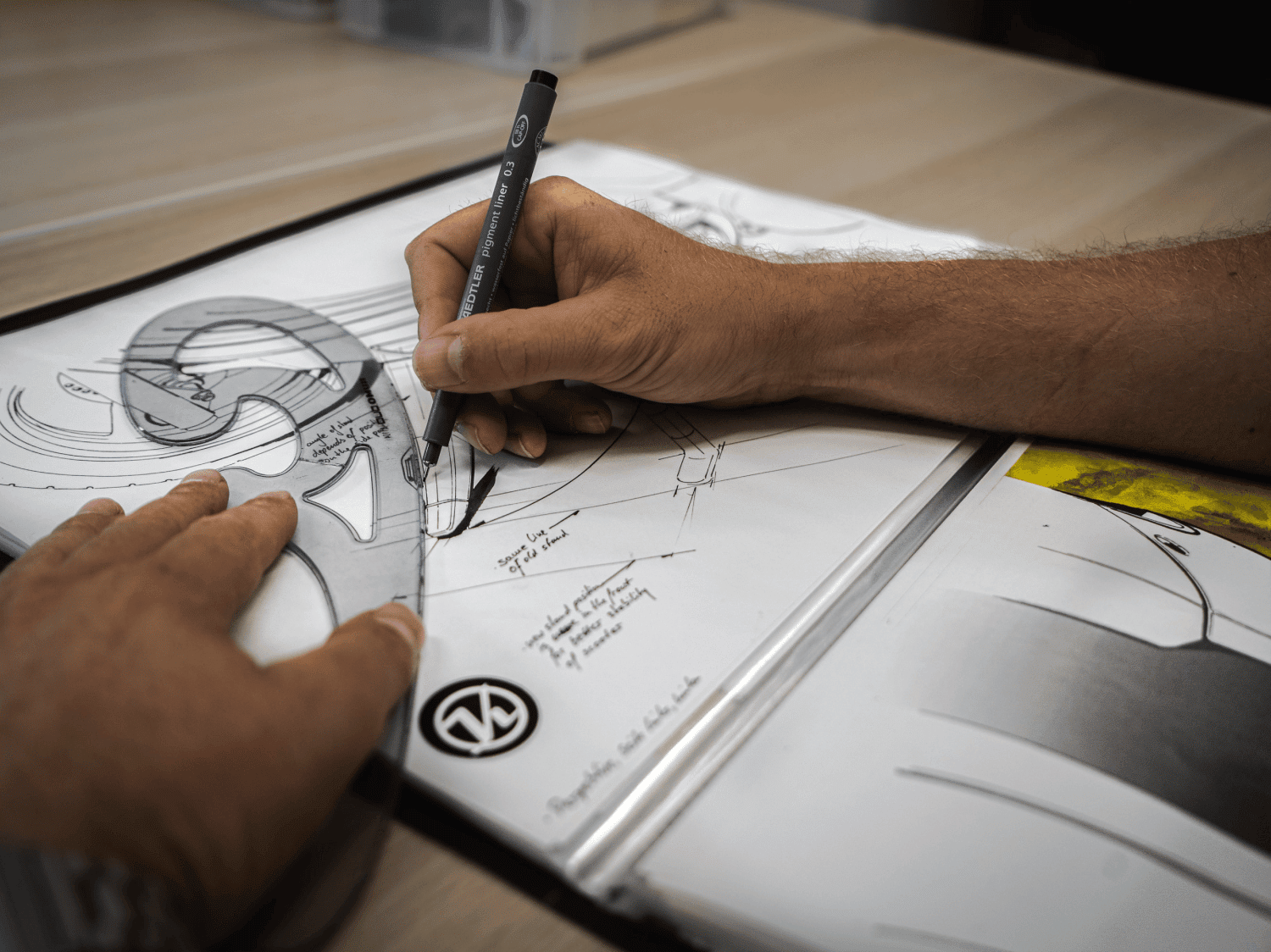
Image Source: Google
Prototype product development is a critical phase in the innovation process, as it allows companies to test ideas and gather feedback before committing to full-scale production. By unlocking creativity through effective prototyping, businesses can bring new products to market faster and with greater success.
The first step in prototype product development company is to clearly define the problem you are trying to solve and the goals you hope to achieve with your new product. Take the time to conduct thorough market research and gather feedback from potential customers to ensure that your prototype addresses a real need in the marketplace.
Once you have a clear understanding of the problem and goals for your prototype, it's time to begin the design process. Whether you are creating a physical product, a digital app, or a service, it's crucial to focus on user experience and functionality. Consider creating sketches, wireframes, or mockups to visualize the key features and interactions of your prototype.
After finalizing the design of your prototype, it's time to bring it to life through prototyping. Depending on the complexity of your product, you may choose to create a low-fidelity prototype using paper, foam, or other simple materials, or a high-fidelity prototype using 3D printing, CAD software, or other advanced tools.
Once you have a prototype in hand, it's time to test it with real users and gather feedback. Conduct usability testing, focus groups, or surveys to gather insights on how users interact with your prototype and what improvements can be made. By collecting feedback early and often, you can identify potential issues and make necessary adjustments before moving to full-scale production.
As you gather feedback and iterate on your prototype, be sure to involve all stakeholders in the process. Collaboration between designers, engineers, marketers, and other team members is essential for creating a successful product. By fostering a culture of creativity and innovation within your organization, you can fuel the prototyping process and generate new ideas that push the boundaries of what is possible.
Another key aspect of prototype product development is to consider scalability and manufacturability. While your prototype may work well in a small-scale test, it's important to think about how it will be produced and distributed on a larger scale. Consider factors such as materials, production methods, and supply chain logistics to ensure that your prototype can be manufactured efficiently and cost-effectively.
Finally, don't be afraid to fail fast and pivot when necessary. Not every prototype will be a success, and that's okay. The key is to learn from your failures and use that knowledge to create better prototypes in the future. By embracing a mindset of experimentation and iteration, you can unlock your creativity and drive innovation in your product development process.
In conclusion, prototype product development is a powerful tool for unlocking creativity and driving growth in your business. By following the key steps and strategies outlined in this ultimate guide, you can create prototypes that inspire innovation, engage customers, and ultimately lead to the success of your new products.